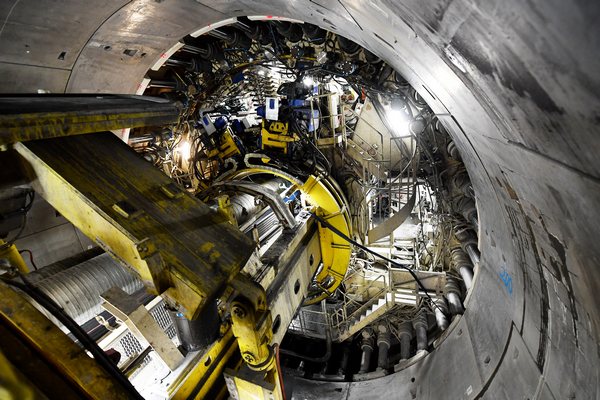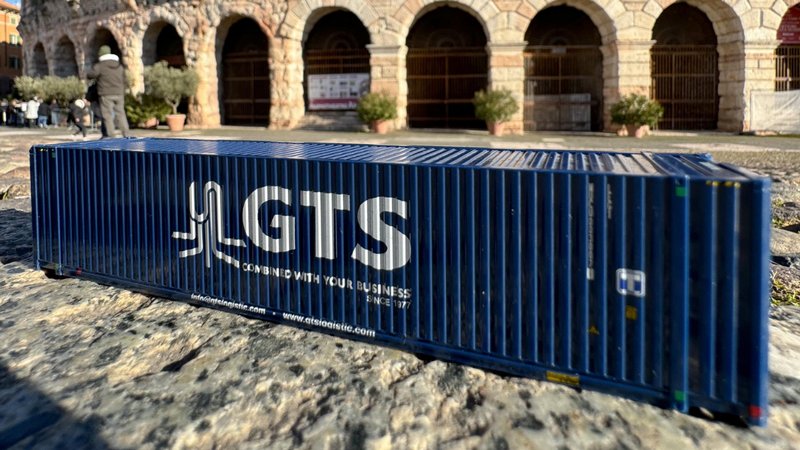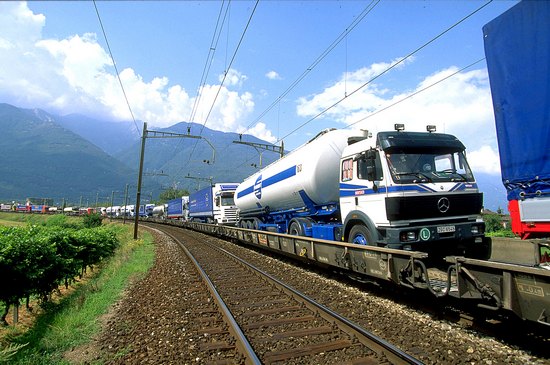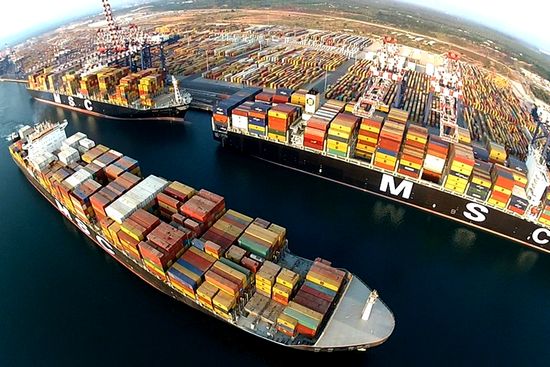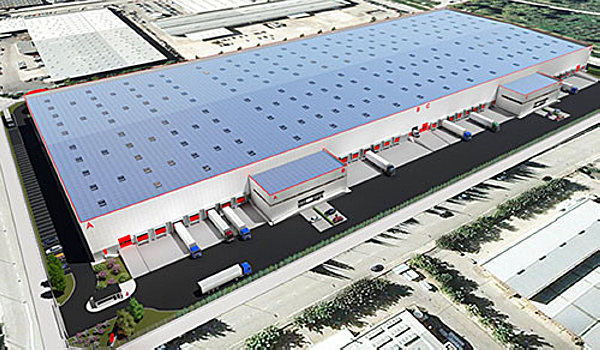Ukraine is making a bold move by doubling its efforts to enhance connectivity with the European Union through the construction of two international standard gauge railway lines. Despite the ongoing conflict with Russia and an economy geared towards wartime needs, Ukraine is determined to improve its railway connections with the EU. The construction timeline is notably aggressive.
The first of the two projects began in early 2024, featuring a new 1435 mm gauge line from Lviv in Western Ukraine to the Polish border, approximately 70 kilometers away. This line will run from Sknyliv in the Lviv metropolitan area to Mostys'ka, near the border, facilitating integration with the European TEN-T network. The European Union is co-funding this project, just as it is supporting the second construction project which commenced in April 2024. Brussels is covering half of the total costs, which amount to just over 30 million euros.
The second railway line follows a standard gauge through Transcarpathia in Western Ukraine, linking Uzhhorod to Chop, near the borders of Slovakia and Hungary. This route, extending just over twenty kilometers, is sufficient to connect with the European railway network along this axis. Uzhhorod is set to become the first regional economic center with a direct standard gauge connection to continental Europe. The construction timeline is ambitious, with Ukrainian railways planning to complete and open the line within 14 months.
The European Union and the European Investment Bank have developed a comprehensive plan to facilitate the increasingly close integration between the Ukrainian and EU railway networks. According to this strategic document, the next phase will complete the network of connections from Ukraine to Poland, Slovakia, and Hungary. This will be achieved by constructing an additional section of standard gauge track from Uzhhorod to Lviv, which will serve as a gateway to all three EU countries. This location will ideally link two TEN-T corridors, the Mediterranean and the Rhine-Danube.
While a complete conversion of Ukraine's extensive railway network from the Russian standard gauge to the European gauge is economically and logistically unrealistic, the potential for community-level interchange, especially in border areas, will increase. There are other notable developments, such as the new intermodal terminal constructed at the border with Romania to facilitate agricultural exports.
Piermario Curti Sacchi


